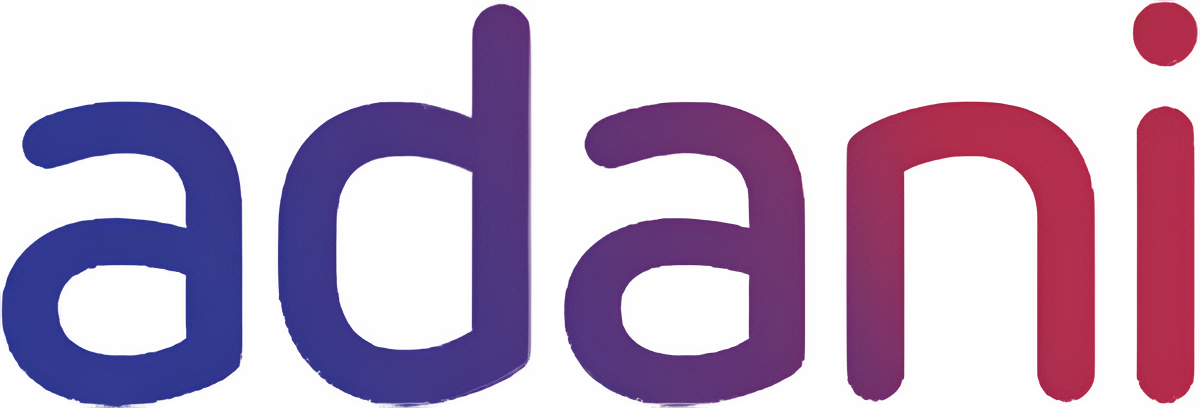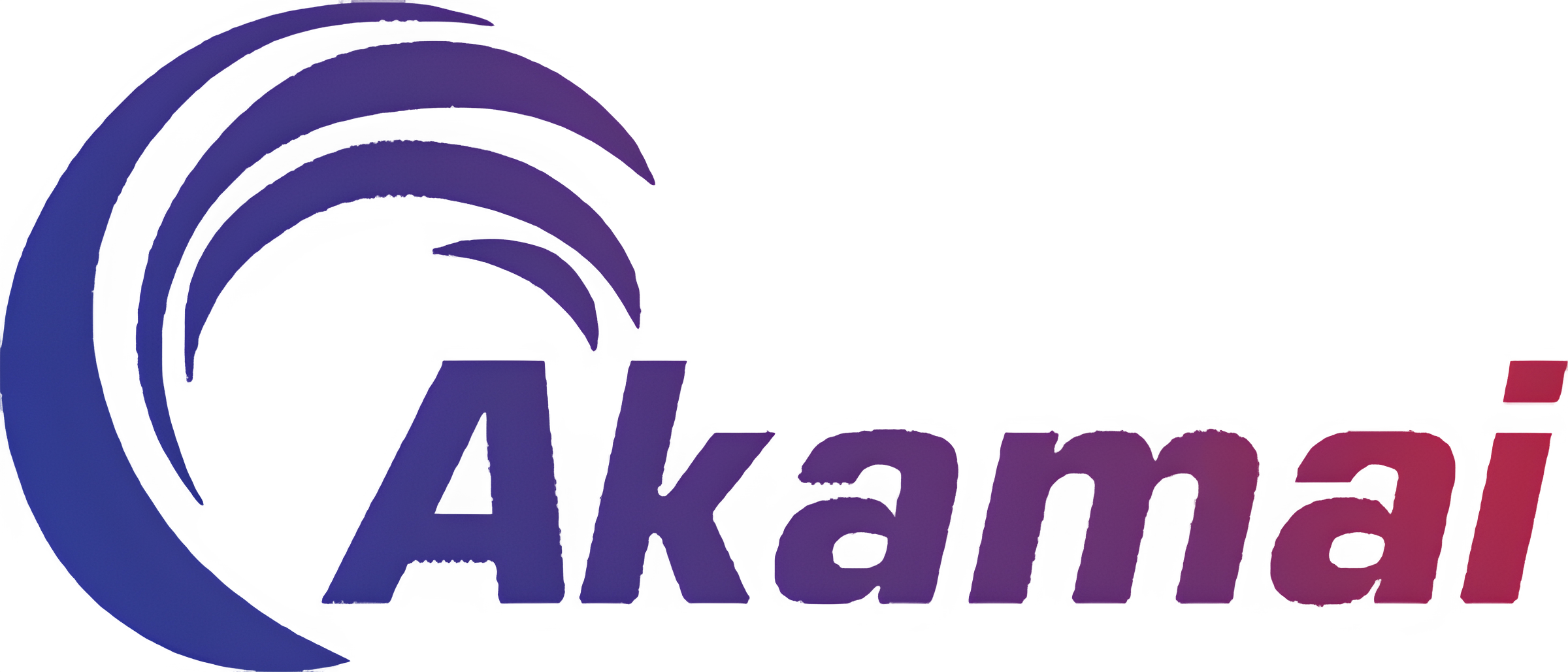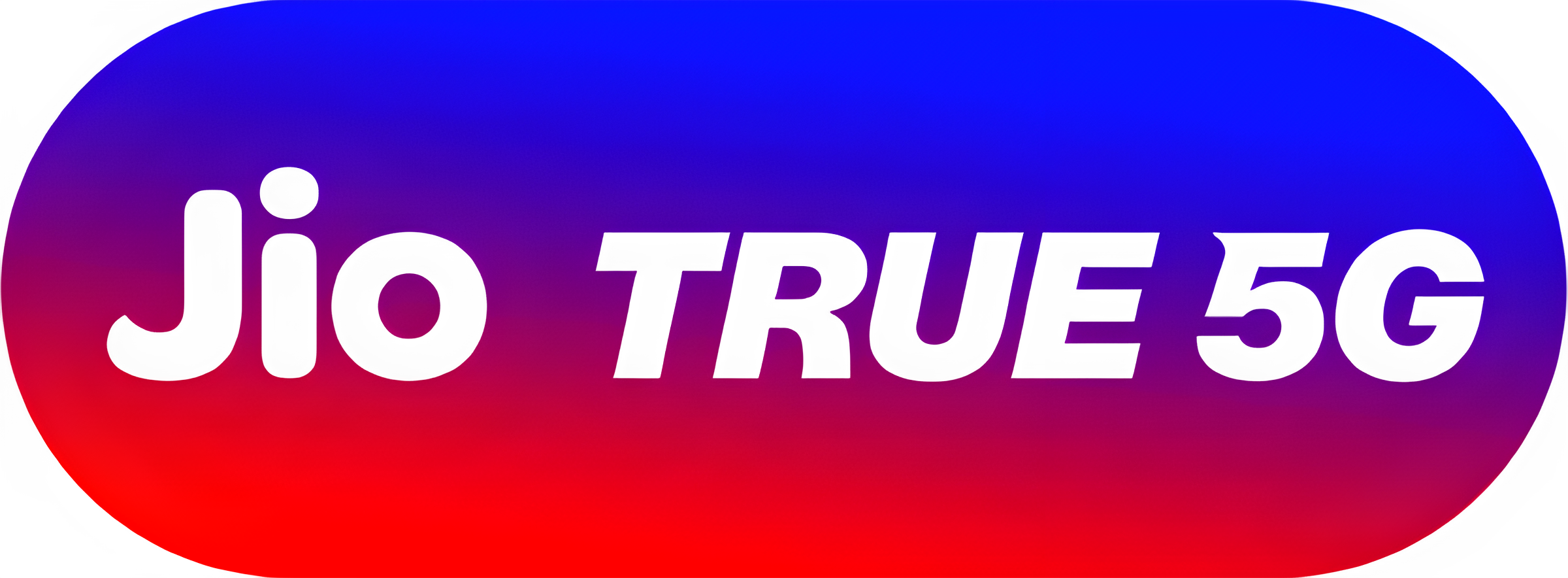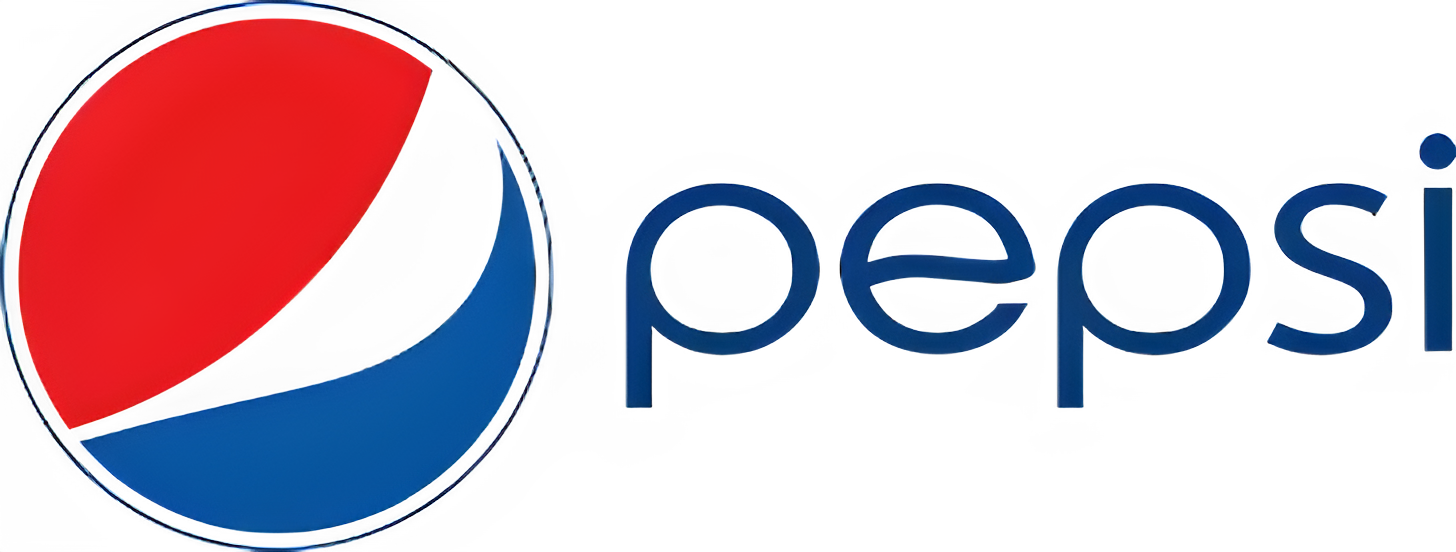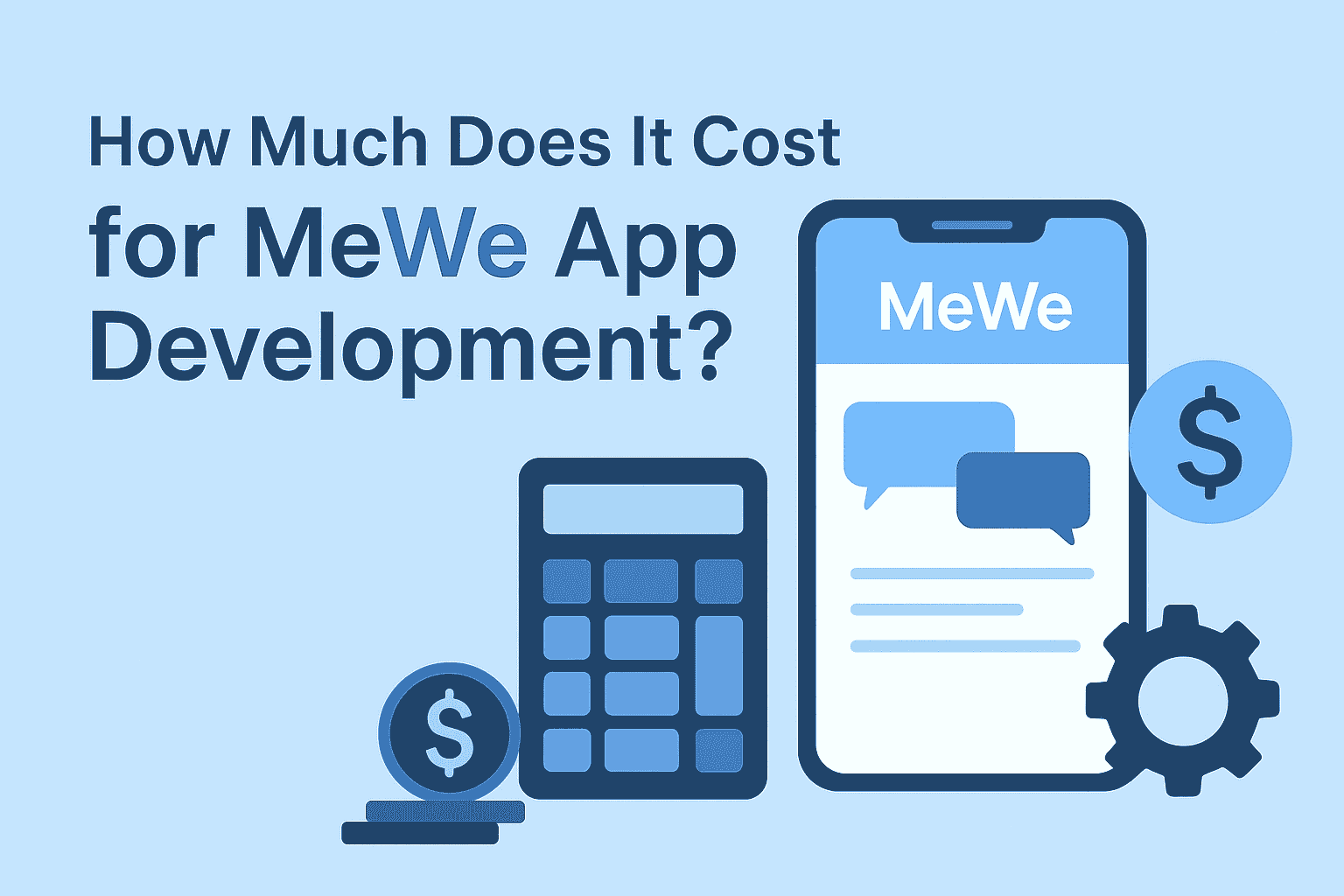How Much Does It Cost for MeWe App Development?
It takes a lot of work to create a social networking site that reflects MeWe's community features and privacy-first philosophy. The "how much" question brings together a lot of moving components, including platform selection, technology choices, product strategy, team composition, and continuing operations. A production-ready social network with sophisticated moderation, media streaming, and worldwide reach swiftly rises to a much higher amount, whereas a lean MVP for a MeWe clone app can be accomplished on a moderate budget. To ensure that the cost is based on quantifiable deliverables rather than an optimistic estimate, a trustworthy mobile app development company will always begin by outlining the scope and expectations.
What defines a Mewe clone app and why it affects price
There is more to a MeWe clone app than just private messages and a feed. Group dynamics, media handling, privacy features, and sophisticated user controls are what make MeWe valuable. Investing in group management, granular privacy settings, encrypted messaging options when necessary, secure authentication, and a media pipeline that can handle photos, long-form posts, and video are all necessary to replicate those pillars. Complexity is increased by each of these factors: real-time messaging and media processing call for more complex backend architecture and infrastructure expenditures, while privacy and security demand more engineering and audits. These are the factors that have the biggest impact on the ultimate cost of developing a mobile app, whether a software development company or another country quotes for the creation of MeWe-like apps.
Platform strategy and the trade-off between iOS and Android
Platform selection is a crucial financial choice. The best user experience is provided by native apps for iOS and Android, but unless you maintain distinct priorities for features and timing, the platform-specific engineering effort is effectively doubled. The iOS vs. Android argument is mostly driven by the market: if early adopters in your target region lean more toward iOS, launching there first can speed up user feedback; if device variety and reach are important, Android frequently takes precedence. Although cross-platform frameworks can save money and time in the beginning, a mobile app development company might advise native or carefully tuned hybrid approaches for media-heavy, real-time social apps to prevent performance issues later. Whether or not you accept trade-offs during your MVP phase should be determined by having an open discussion about objectives, schedules, and budgets.
Also Read: - How to Build a Caller ID App Like Truecaller: A Comprehensive Guide
Features that increase the budget
For a MeWe-like social network, a few characteristics continuously raise estimates. Specialized engineering is needed to enable real-time private messaging with read and delivery receipts as well as effective device synchronization. Streaming, CDN integration, transcoding, and video upload all increase ongoing infrastructure and development expenses. In addition to initial development costs, moderation tools—such as reporting interfaces, AI-assisted content detection, and human moderation workflows—also result in continuous operating costs. A production-grade bill includes analytics on engagement and retention, in-app purchases or subscription systems, and advanced search. Although the breadth of features still directly correlates to the overall cost of developing a mobile app, a website development company that also supports your backend and web client can help streamline integration between web and mobile.
From MVP to investor-ready, typical budgets
Even though each project is different, it is beneficial to think in layers. A well-run project and a capable mobile app development company can produce a targeted MVP that includes all the key MeWe features, including user profiles, posts, group creation, simple media uploads, and a lightweight messaging component, for a relatively low cost. For a production-ready release with a polished user interface, robust media usage, and moderation tools, budgets should be comfortable in the middle. At the higher end of the spectrum will be investor-ready or enterprise-grade builds, which need a great deal of scalability, compliance, and sophisticated features like live video or AI-driven feed ranking. Development velocity, local hiring rates, and the amount of third-party infrastructure you choose over custom building all affect how much a mobile app development will cost.
Must Read: - How to Make an App Like Amazon: Cost & Development Guide
Why the cost picture is altered by selecting the appropriate partner
Raw hourly rates are important, but so is choosing an experienced partner. By assisting you with discovery, user flows, and technical architecture up front, a respectable software development company or a local vendor who is aware of social product dynamics will help you avoid costly rework. Better-integrated products can be delivered more quickly by agencies that combine the skills of website, backend, and mobile development companies. In addition to development, an ideal partner aids in the forecasting of operational costs, which are frequently underestimated and include CDN bandwidth, object storage, push notification services, and monitoring. You can more accurately control the total cost of developing a mobile app by matching a phased budget with product milestones.
Infrastructure and ongoing expenses you can’t ignore
Many founders are taken aback by post-launch expenses. Media storage, CDN bandwidth, database hosting, message brokers or real-time servers, monitoring and observability tools, and security updates are among the continuous expenses for a social media platform. What begins as a small monthly fee during beta can grow into a substantial amount as the user base expands because these costs scale with active users and engagement patterns. Whether AI-assisted or human, moderation and community management are ongoing operational expenses that affect user safety and legal compliance. A successful launch followed by crippling operating expenses is a classic trap that can be avoided by budgeting for these ongoing costs early on.
Also Read: - Tango Clone App Development Company: Launch a Live Video Chat Platform
Expectations for the timeline for the development of MeWe-like apps
A reasonable schedule for at least lovable with a dedicated team, a MeWe-like app that has groups, feeds, profiles, basic media, and messaging typically lasts 4–8 months. Development typically takes nine to twelve months or longer if you include sophisticated moderation, video handling, multi-platform parity, and investor-level polish. The discovery phase, which defines the MVP's scope, and the post-launch stabilization phase, which fixes bugs and boosts performance, have an impact on timelines. You can monitor progress and control mobile app development cost expectations with the aid of a mobile app development company that offers a phased roadmap with distinct deliverables.
How Dinoustech help in cost estimation and management
Dinoustech comes up to me. We use a three-step process for app project cloning: discovery, build, and scale. Product objectives are established during discovery, and a minimum feature set for launch is decided upon. By doing this, scope creep is lessened and costs are in line with quantifiable results. Dinoustech manages quality and delivery during the build phase by allocating the appropriate combination of backend, mobile, and QA resources. Dinoustech's website development company capabilities guarantee consistent experiences across platforms for clients planning a web presence in addition to mobile apps. To keep the cost of developing a mobile app predictable and linked to growth milestones, Dinoustech offers post-launch advice on operations, monitoring, and incremental growth.
Must Read: - How Expensive Is It to Build an iOS App Today?
Helpful budgeting tips for entrepreneurs
Sort must-haves from nice-to-haves when creating your budget, and get phased quotes from possible partners. These quotes should include the costs for an MVP, production parity, and scale features. To manage updates, security, and infrastructure scaling, set aside an annual maintenance fund equal to 15–25% of the original development costs. Hire a socially experienced mobile app development company to give you accurate bandwidth and hosting estimates, and before launching a large-scale rollout, insist on performance and load testing. This pragmatic method assists in aligning the cost of developing a mobile application with your funding runway and marketing strategy.
For teams that can distinguish themselves and are dedicated to community and moderation work over the long term, creating a MeWe-style social network is compelling. With the correct partner and a disciplined product scope, the cost can be controlled, particularly if you phase features and make early operational investments. Dinoustech can create a phased proposal that outlines mobile app development cost ranges and a roadmap to launch a MeWe clone app that strikes a balance between speed, quality, and cost if you are prepared to investigate exact estimates catered to your desired features, markets, and timeline.
FAQs
Q. How much does it typically cost to build a MeWe clone app?
A. The cost of developing a MeWe clone app varies depending on its scope, but it usually starts at tens of thousands of dollars for a lean MVP and goes up to six figures for a production-ready social platform and more for enterprise-grade features. Features (such as real-time messaging, video, and moderation), platform strategy, and the use of third-party services all affect the final cost of developing a mobile app. Dinoustech advises a brief discovery phase to match scope and budget for an accurate estimate.
Q. How long does MeWe similar app development usually take?
A. It typically takes four to eight months with a committed team to create a focused MVP that includes profiles, feed, groups, basic media, and messaging. With sophisticated moderation, optimal media handling, and multi-platform parity, a production-quality release typically lasts nine to twelve months or longer. The chosen development methodology and the complexity of the features affect timelines.
Q. Should one build for iOS first, Android first, or both — what about iOS vs Android?
A. The decision between iOS and Android is based on the market: releasing on the platform with the largest target audience reduces time to market and the initial cost of developing a mobile app. Cross-platform frameworks can lower upfront costs at the expense of some performance and platform-specific polish, but native apps perform best for media-heavy, real-time social features. To confirm product-market fit, many teams start on one platform before moving to the other.
Q. What recurring costs should founder budget after launch?
A. Media storage and CDN, real-time messaging capabilities, database hosting, security, and monitoring, and human or AI-assisted content moderation are examples of ongoing costs. With careful planning, yearly maintenance and infrastructure are treated as a recurring line item that significantly impacts the overall cost of developing a mobile app. These operational items increase in tandem with active users and engagement.
Q. How should one choose a development partner for a MeWe-like social app?
A. A good partner combines social product experience, clear delivery procedures, and technical depth (web, backend, and mobile). Prior experience with social apps, architecture choices for scale, the capacity to transparently estimate mobile and infrastructure costs, and responsiveness during discovery should all be considered when comparing vendors. To compare options objectively, Dinoustech advises teams thinking about India to review case studies and request a phased MVP/production quote. Reputable software development companies in India or website development companies in India can offer competitive pricing without sacrificing quality.

